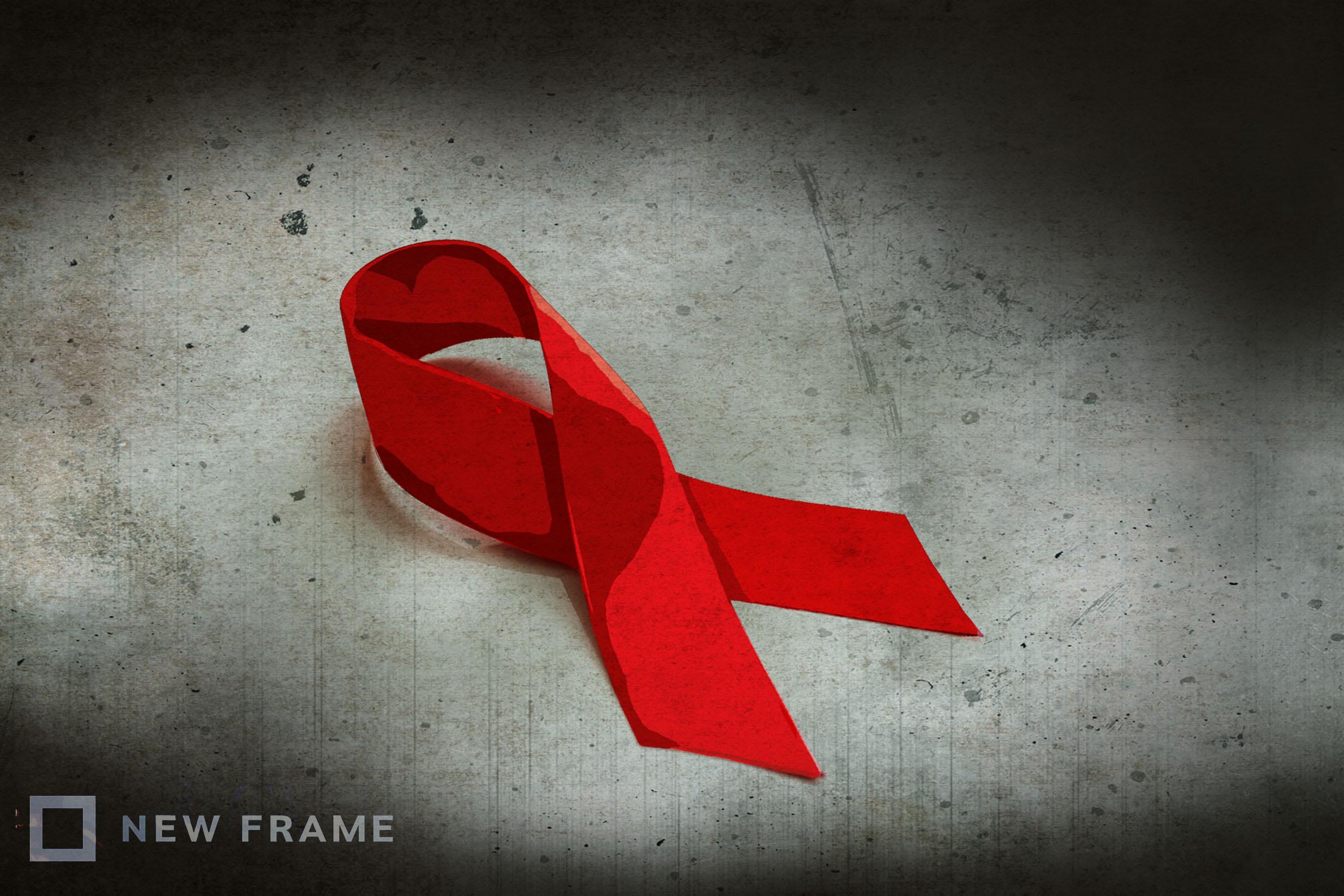New ways to fight HIV
A major South African HIV vaccine study could provide vital new information in the search to find a cure for a disease affecting just under two million people a year.
Author:
14 June 2019

“The Imbokodo study is revolutionary because we are going to look for a global HIV vaccine, not a South African vaccine,” says Glenda Gray, president of the South African Medical Research Council.
HIV infections are caused by a single virus group, which is divided into subtypes or “clades” designated from A to K. HIV clade c is responsible for the epidemic in South Africa. The Imbokodo vaccine study is different to others because it does not focus only on the clade c HIV subtype. The vaccine uses a mosaic antigen made from the genes of different HIV subtypes. The study’s name invokes the African proverb, “You strike a woman, you strike a rock.”
Speaking to New Frame at the 9th South African AIDS Conference in Durban, KwaZulu-Natal, Gray said all involved in the study were anticipating the results in 2020 and were anxious to see whether the vaccine successfully reduced HIV infection among women participants.
A physician, professor and scientist who specialises in HIV medicine, Gray said, “A lot of our focus has been on trying to make clades-specific vaccines.” This vaccine also targets other clades.
The study was conducted in 2017 on 26 000 sexually active HIV negative women between the ages of 18 and 35 in South Africa, Zimbabwe, Mozambique, Zambia and Malawi. They were given six injections over a period of 12 months. The study focuses only on women because they have the highest rates of infection.
‘Curing’ HIV
The Imbokodo study is not the only research aimed at fighting the virus. In early March, a man in Britain, known as the London patient, was announced the second patient worldwide to be functionally cured of HIV. In 2008, Timothy Ray Brown, known as the Berlin patient, was declared the first person to be cured of HIV. Both the London and the Berlin patients were “cured” after receiving a bone marrow stem cell transplant donated by HIV-resistant individuals.
“We talk about a functional cure because it’s something we can demonstrate,” said the lead doctor for the London patient, Ravindra Gupta, who is the professor of clinical microbiology at the University of Cambridge and a faculty member at the Africa Health Research Institute in Durban.
“Functionally cured means the patient doesn’t need treatment anymore. It is different from eradication in a sense that you have to take every cell in the body and prove that there is no virus at all, which is clearly not possible.”
Gray said Gupta’s research is fundamental to addressing the HIV virus. Professor of paediatrics and child health and renowned HIV researcher Hoosen Jerry Coovadia agreed, adding that the research on the London patient provides hope that the HIV virus can be fought. Coovadia is internationally recognised for his groundbreaking research in HIV/AIDS transmission from mother to child.
“It tells you there are some interventions that are heroic, expensive and rare because they depend on so many things, not least of which is access to somebody whose blood is congenitally absent from being receptive to HIV. These people are rare,” Coovadia explained from his office in South Beach, Durban.
But, despite news of the London patient’s functional cure, Coovadia cautioned against becoming too hopeful about a possible general cure. The same thing happened over 10 years ago with the Berlin patient. “I haven’t seen practical applications, so I am a bit doubtful.” Coovadia said it is unclear how the research will help millions of HIV-infected patients. “It is really difficult at this time to see what particular value it will have. That doesn’t mean it’s useless information, obviously. It’s got so many messages, which maybe we could extrapolate to help millions of patients in South Africa.” But he added that the shortage of doctors and the state of health facilities will make it difficult to engage in such operations.
New ways to manage HIV
Recently, there have been major developments in HIV management, including antiretroviral (ARV) treatment, post-exposure prophylaxis and mother-to-child HIV transmission treatment. From having to take multiple daily medications when South Africa first rolled out its ARV programme in 2004, HIV patients now need to take only one pill a day.
There has also been a drastic reduction in preventing HIV transmission from mother to child. South Africa first implemented the prevention of mother-to-child transmission programme (PMTCT) in 2002. In 2010, a national population survey that looked at the effectiveness of PMTCT programme reported a 3.5% overall mother-to-child rate of transmission, which decline to 2.7% in 2011.
But, although there has been an impressive development in preventing mother-to-child transmission, there has been an increase in young people infected with HIV, said director of the Centre for the AIDS Programme of Research in South Africa (Caprisa), Salim Abdool Karim at the AIDS conference on Tuesday. Karim, a professor, epidemiologist and infectious diseases specialist, was the co-leader of the Caprisa 004 Tenofovir gel trial, which was instrumental in proving that antiretrovirals could prevent sexually transmitted HIV infection and herpes simplex virus type 2 in women. He pointed out the irony of children being protected from HIV before birth, only to get infected as teenagers. Annually, there are 1.8 million new infections across the globe, which translates to 5 000 new HIV patients every day.
But there is some hope. Gupta told New Frame that the next step in fighting HIV is to engineer genetically modified cells. “One or two trials have been done in the US where they took an HIV-infected patient’s blood cells out, manipulated them by knocking out a gene, and put them back. It didn’t work well. It’s going to take time, but the studies have already started.”
